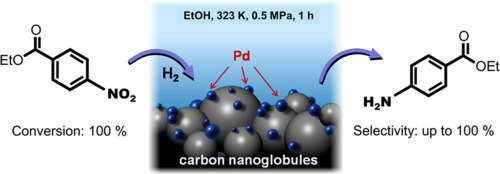Silicon Carbide Fibers Used in Composite Material Reinforcement
Silicon carbide fiber is a kind of high-performance ceramic material with carbon and silicon as the main components. Morphologically, it is divided into whisker and continuous silicon carbide fiber, and it has the advantages of high-temperature oxidation resistance, high hardness, high strength, high thermal stability, corrosion resistance, and low density.
Compared with carbon fiber, silicon carbide fiber can maintain good performance under extreme conditions. Due to its good performance, it has attracted much attention in high-tech fields such as aerospace, military weapons and equipment, and is commonly used as high-temperature resistant material and reinforcement material. Besides, with the development of preparation technology, the application of silicon carbide fiber is gradually extended to advanced sports equipment, automobile waste gas dust collection, and other civil industrial aspects.
![]()
Silicon carbide matrix composites
With the development of science and technology, higher requirements have been put forward for the performance of high-temperature materials in the fields of aerospace, military weapons, and equipment. The high-temperature materials should have high strength, high modulus, good chemical corrosion resistance, creep resistance, oxidation resistance, and fatigue resistance and other superior properties in the high-temperature environment. Silicon carbide fiber has good properties in these aspects, as well as good compatibility with ceramics and metal matrix, so it has attracted attention in these fields and is used to strengthen composite materials.
* Ceramic matrix composite
Ceramic matrix composite refers to the composite material formed by introducing reinforcing material into the ceramic matrix with the introduced reinforcing material as the dispersed phase and the ceramic matrix as the continuous phase. At present, CVD method and activated carbon fiber conversion method are mainly used to prepare silicon carbide reinforced ceramic matrix composites.
In the field of aerospace, ceramic matrix composites are mainly used in engine hot end components, including tail nozzle parts, combustion chamber, afterburner, turbine outer ring, guide vane, rotor blade and so on. These components require high performance of high-temperature materials.
![]()
* Metal matrix composite
Metal matrix composites have both the properties of metallic materials and non-metallic materials. Compared with single materials, they have better mechanical and physical properties such as abrasion resistance, toughness, thermal expansion, and electrical conductivity.
The metal matrix composites reinforced by silicon carbide fibers have better performance in terms of specific strength, specific stiffness, thermal expansion coefficient, thermal conductivity and wear resistance, and are easy to produce qualified metal matrix composites. In addition, compared with boron fiber, its production cost is lower, and it has a wide application prospect in civil industries such as aerospace, military weapons and equipment, sports equipment, and automobiles.
The common preparation methods of metal matrix composites include powder metallurgy, spray deposition technology, the casting method, high-energy ultrasonic recombination method, in situ recombination method, etc., and the powder metallurgy method was first used. Due to the differences in technological principles and processes, the properties of the composites produced by these preparation methods are different, and each method has some defects. For example, spray deposition technology has short preparation cycle and high production efficiency, but it also has disadvantages such as expensive equipment, high porosity and large loss of raw materials.
![]()
Common silicon carbide metal matrix composites include silicon carbide reinforced aluminum matrix composites, silicon carbide reinforced titanium matrix composites, silicon carbide reinforced magnesium matrix composites, silicon carbide reinforced copper matrix composites, etc., and there are many researches on silicon carbide reinforced titanium matrix and aluminum matrix composites.
After decades of research and development, the preparation methods and properties of silicon carbide fibers have been greatly improved. Among them, the preparation technology of precursor conversion method is relatively mature, and the activated carbon fiber conversion method is an important research direction to realize the industrial production of silicon carbide fiber. Besides, the application of silicon carbide fiber reinforced ceramic matrix and metal matrix composites has gradually expanded from aerospace and military fields to civil industrial fields.



